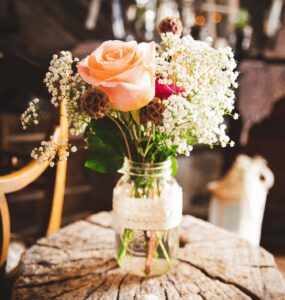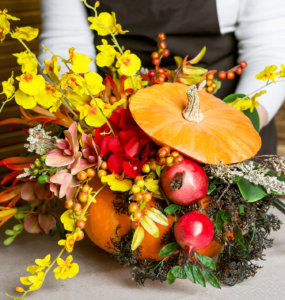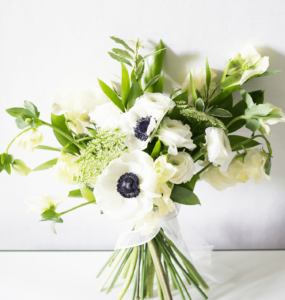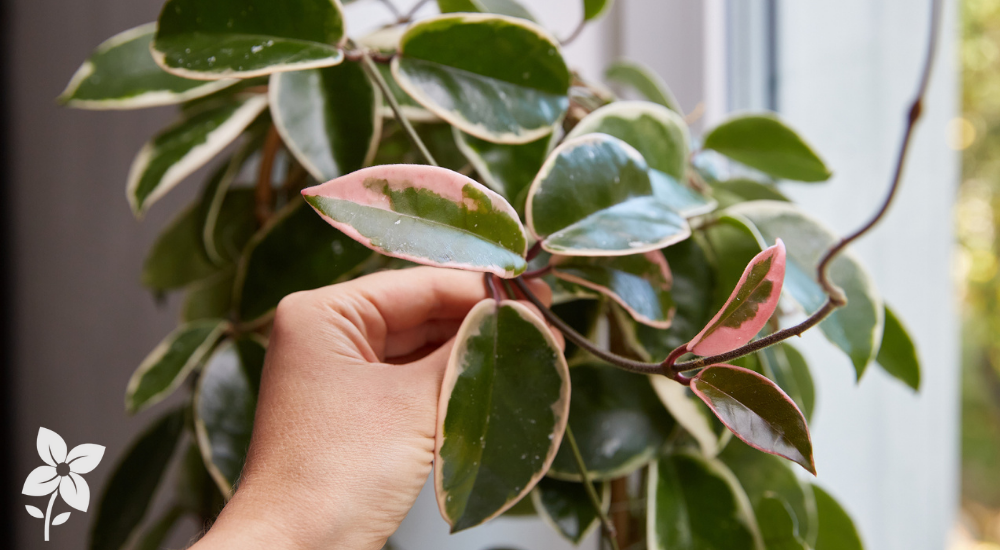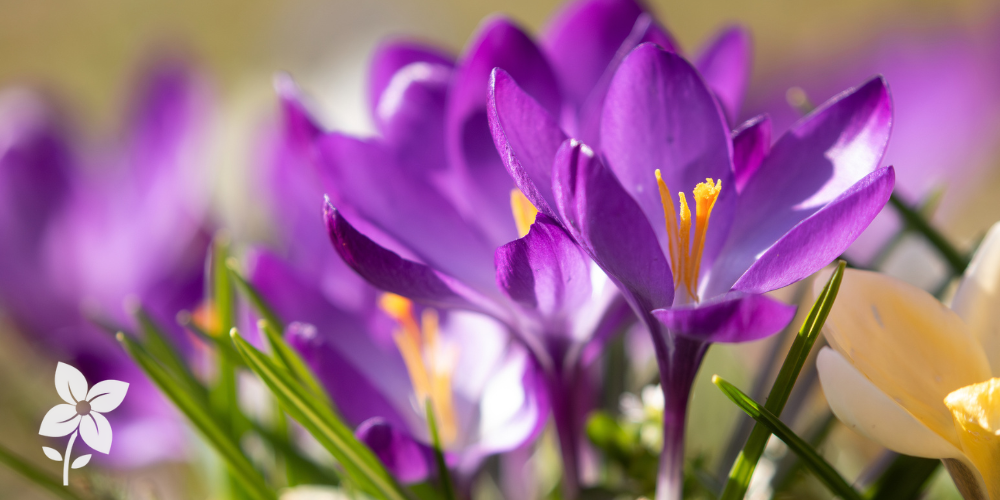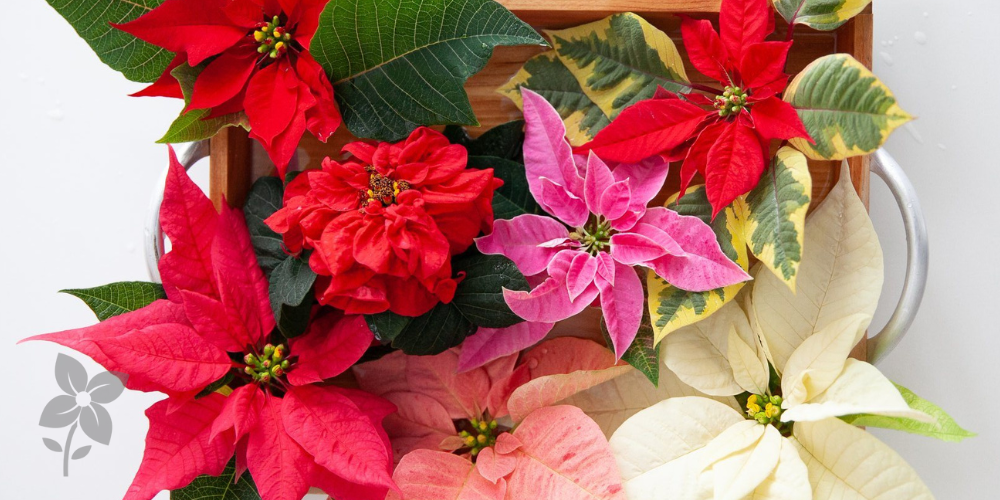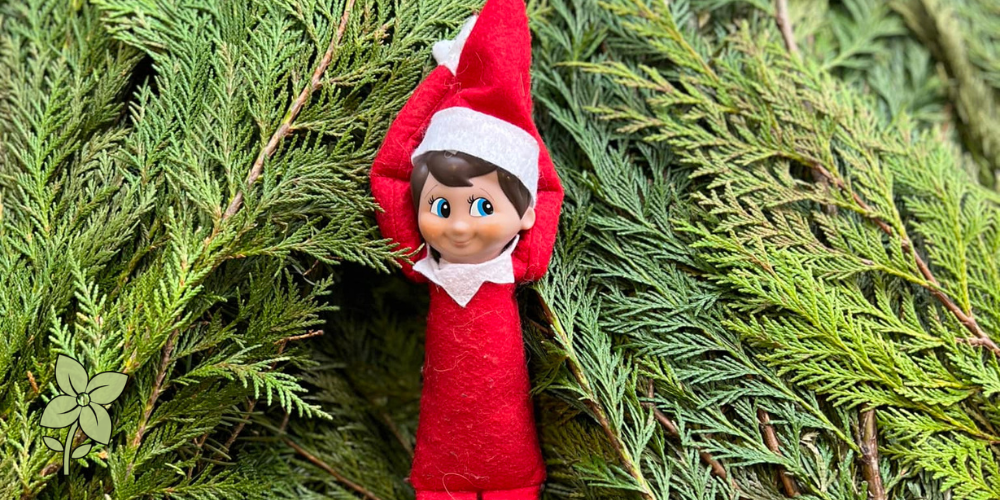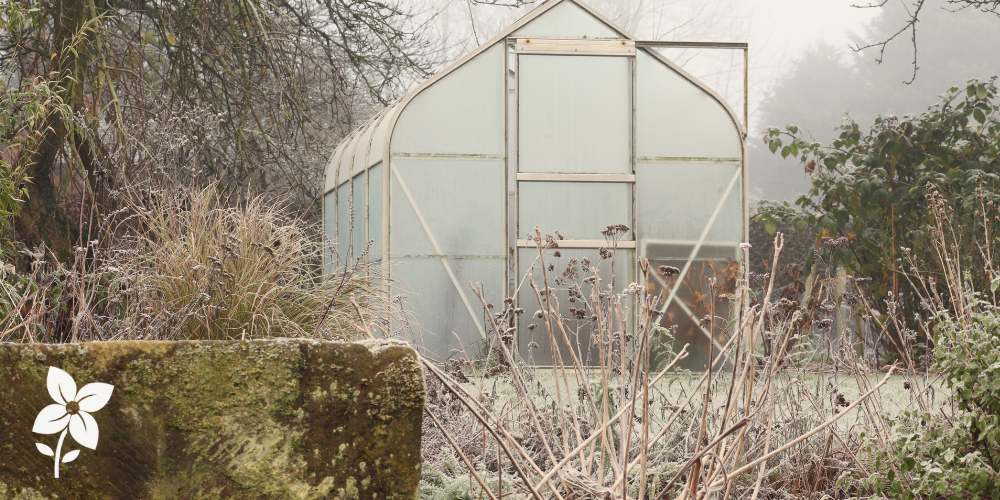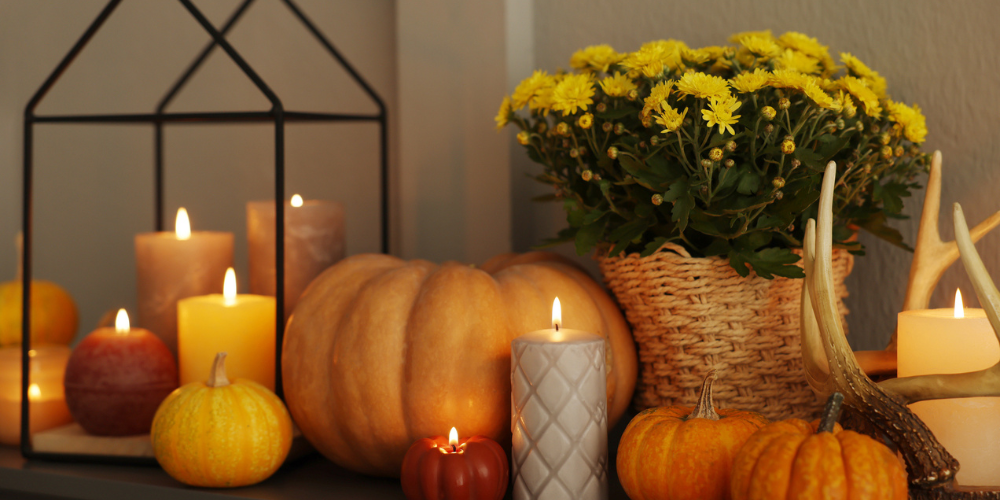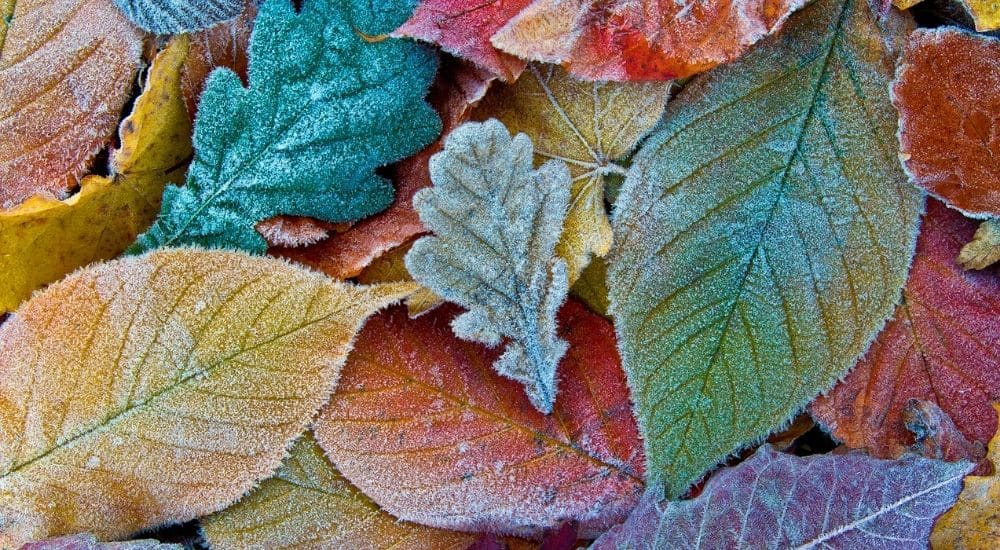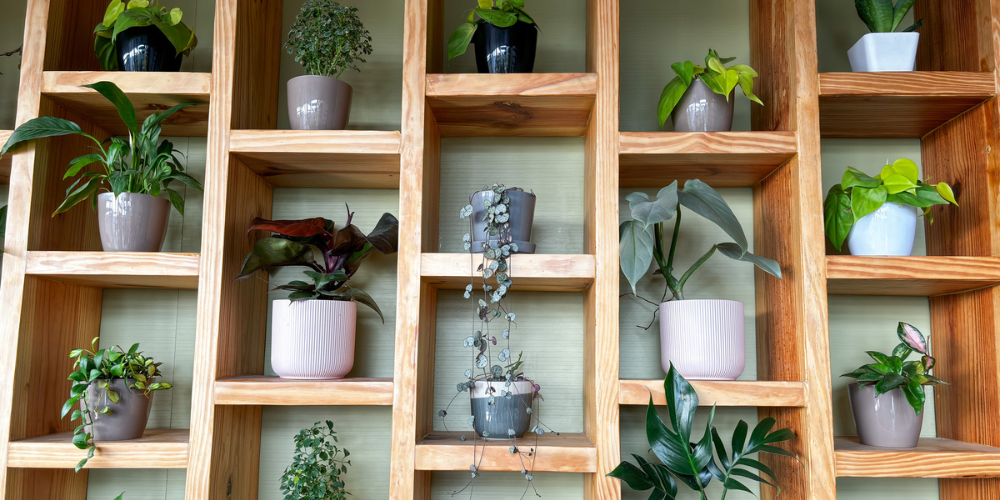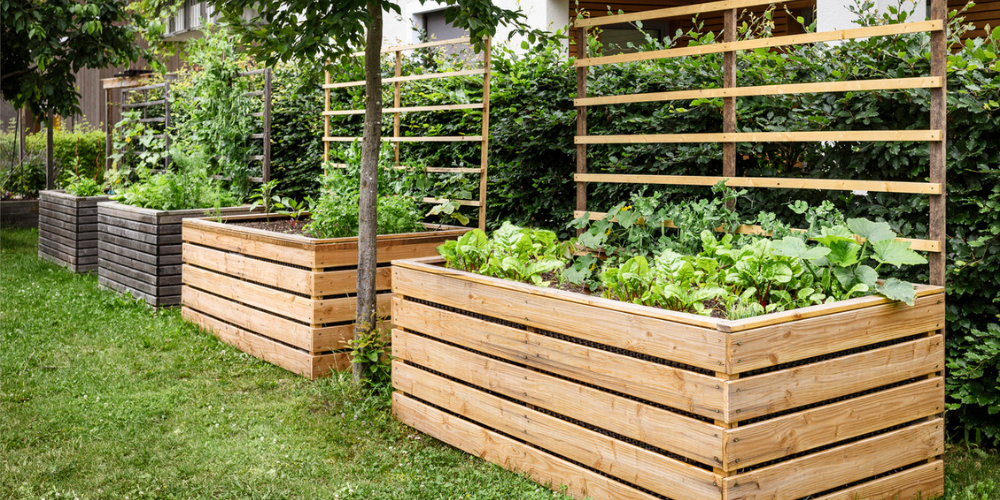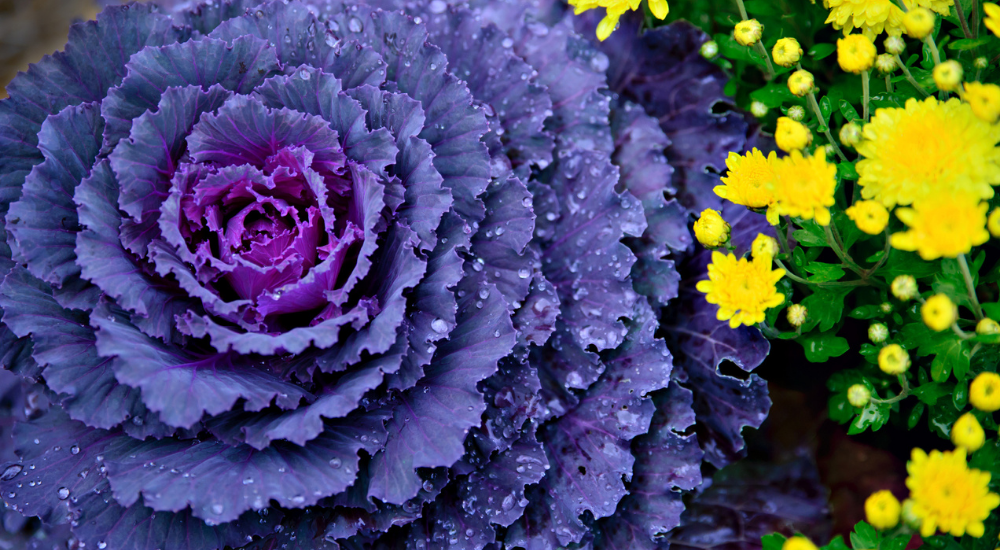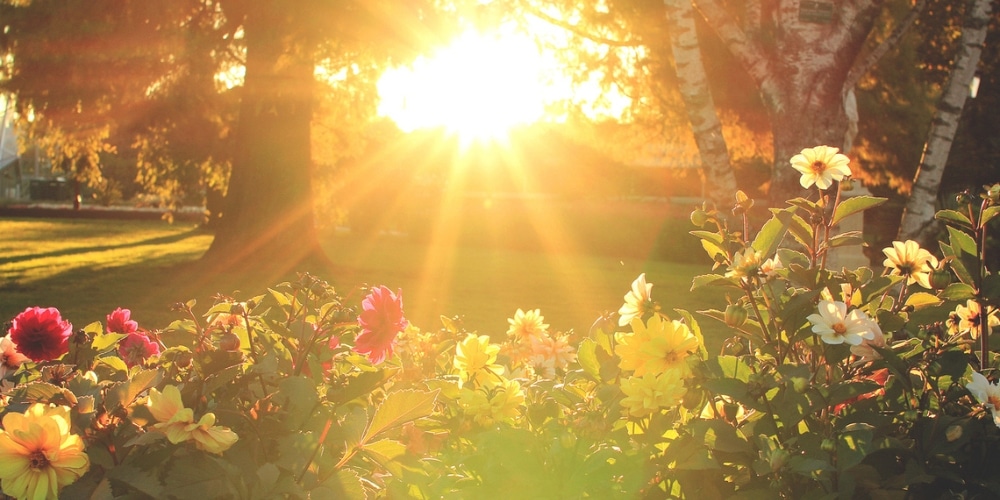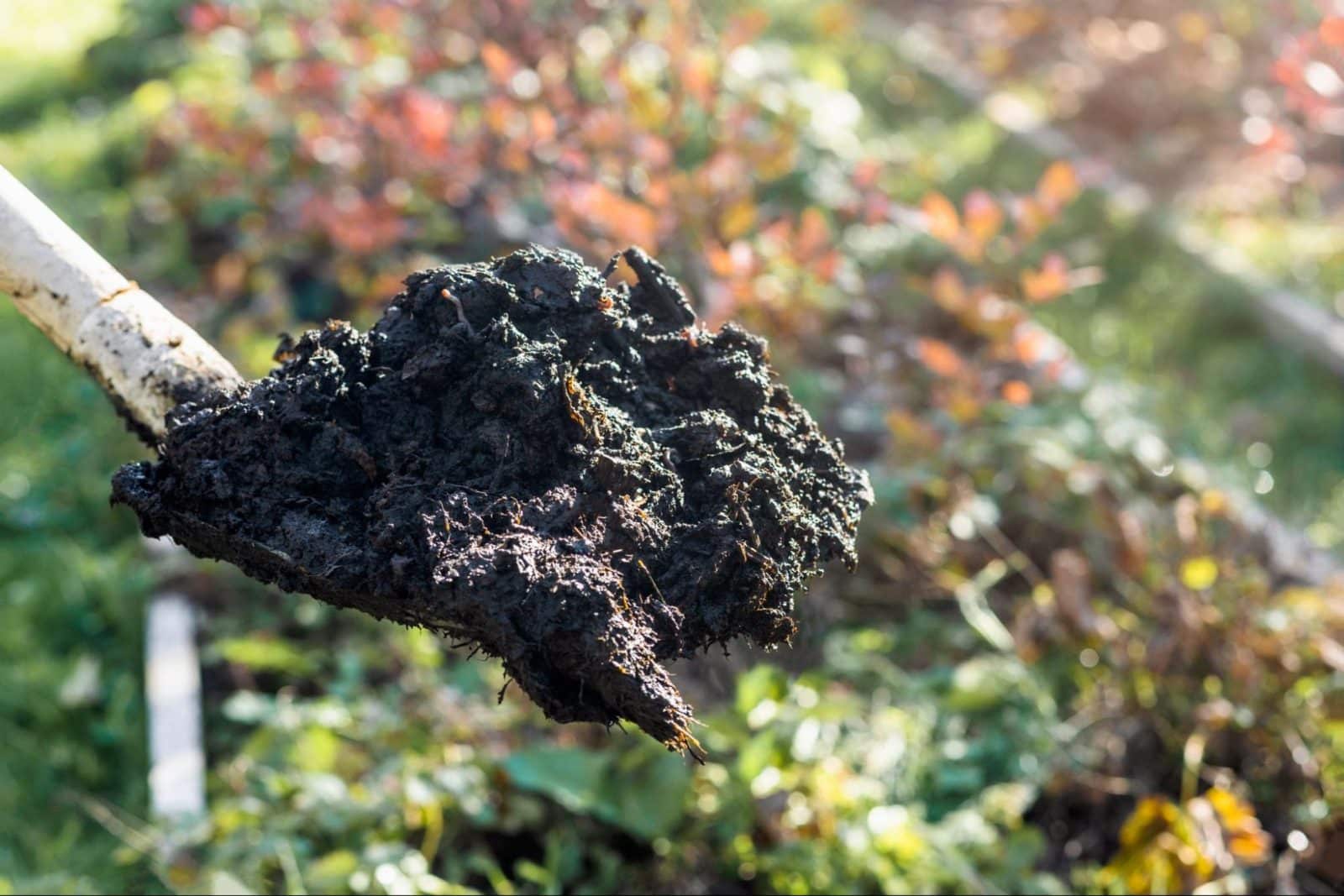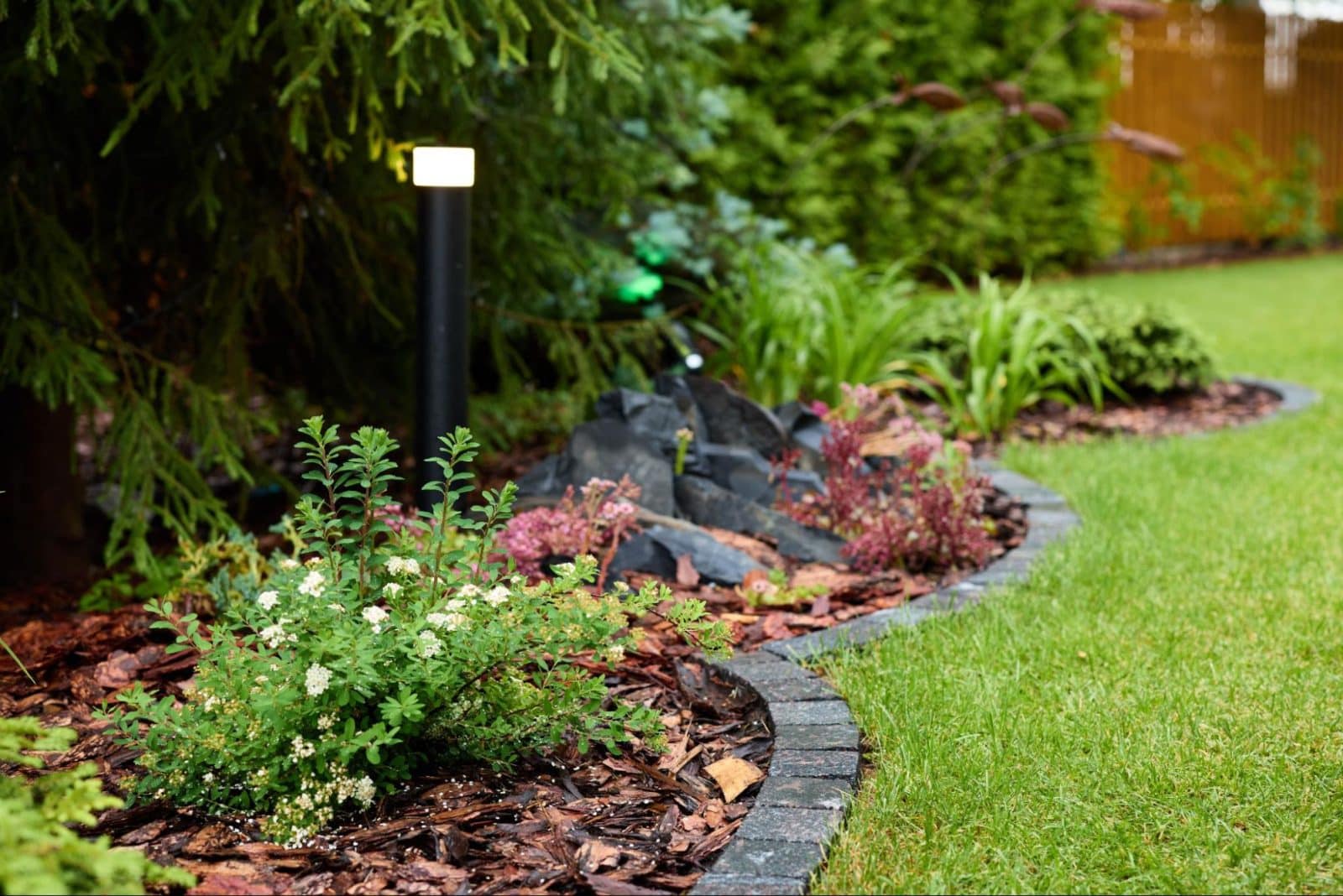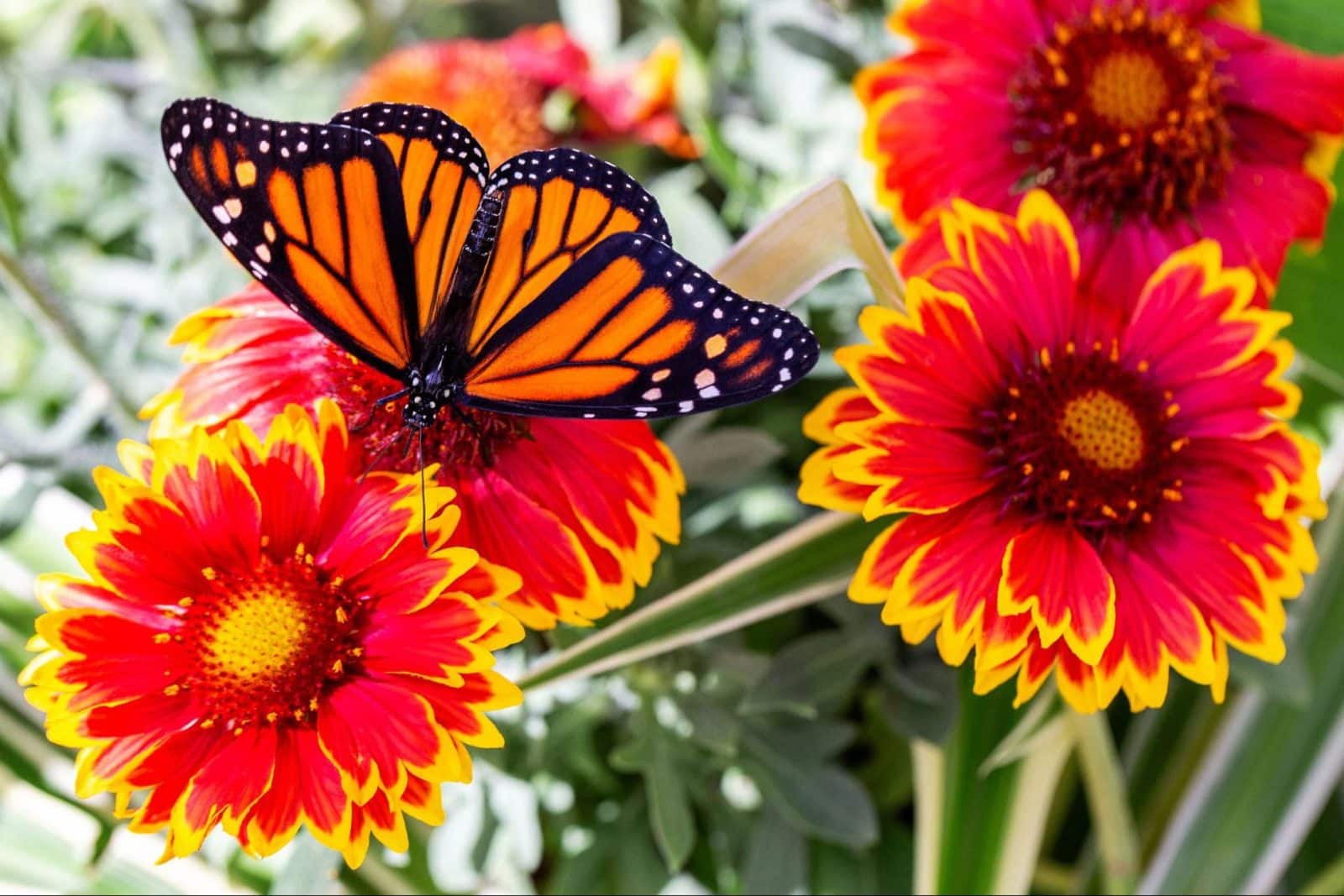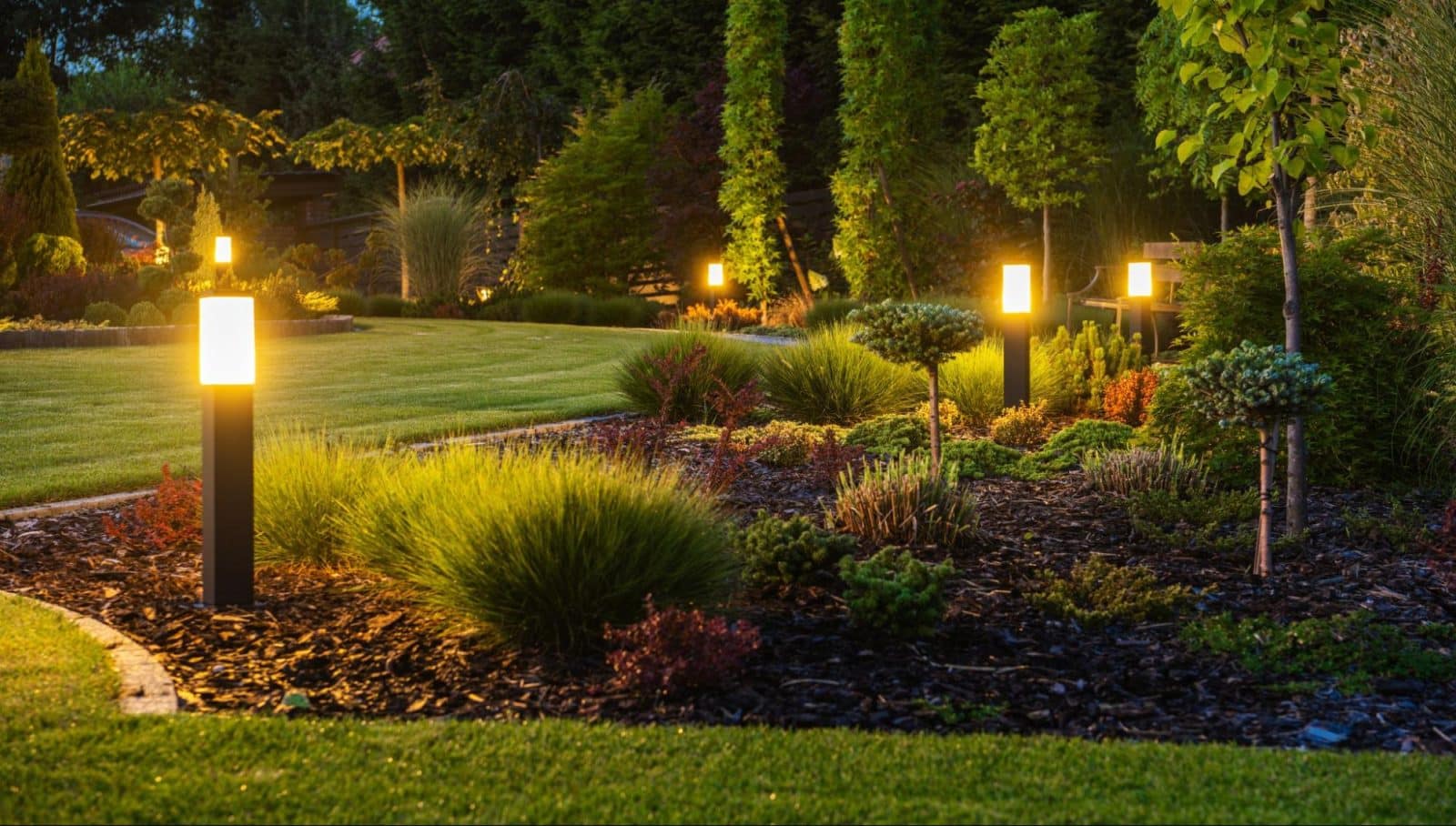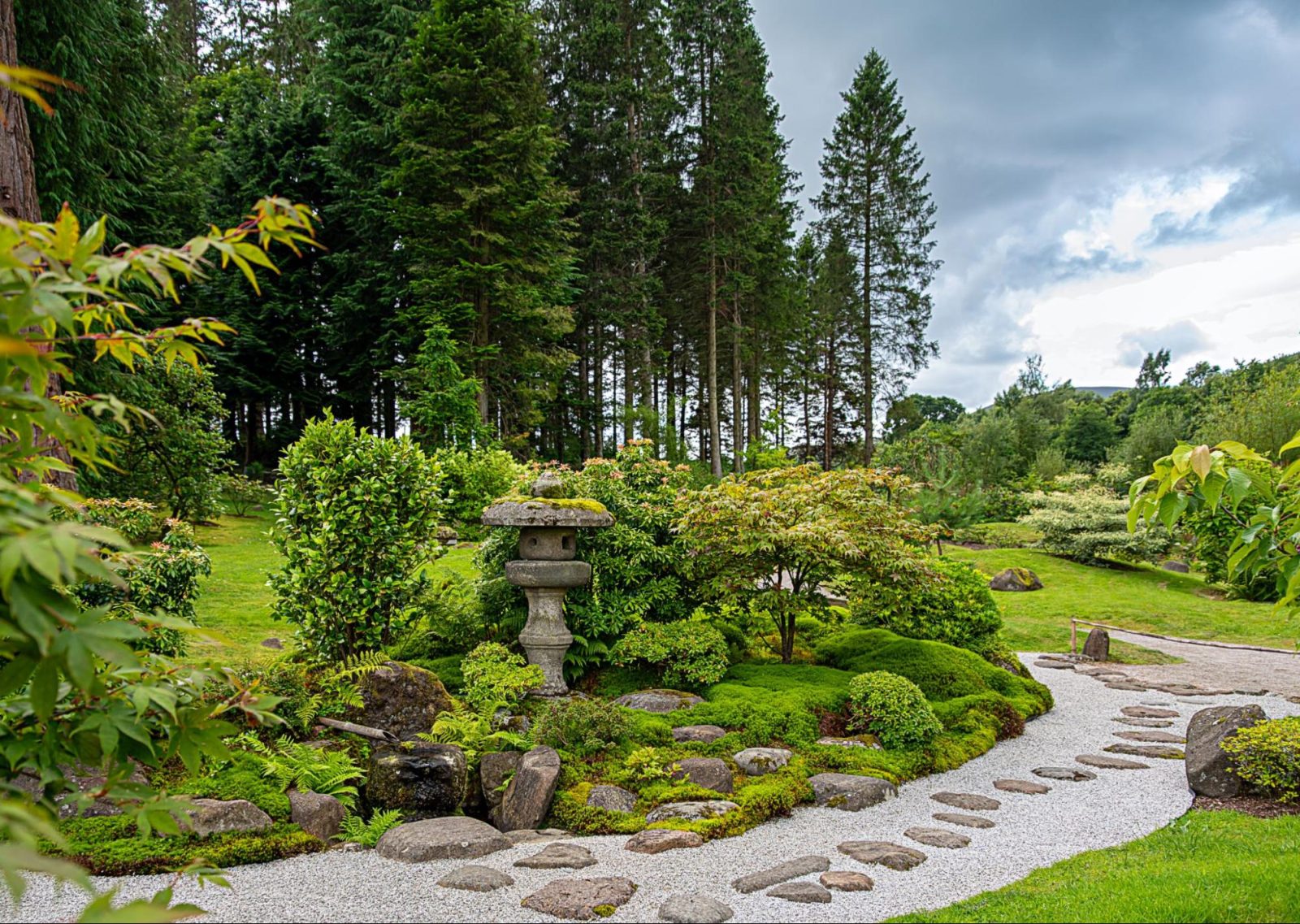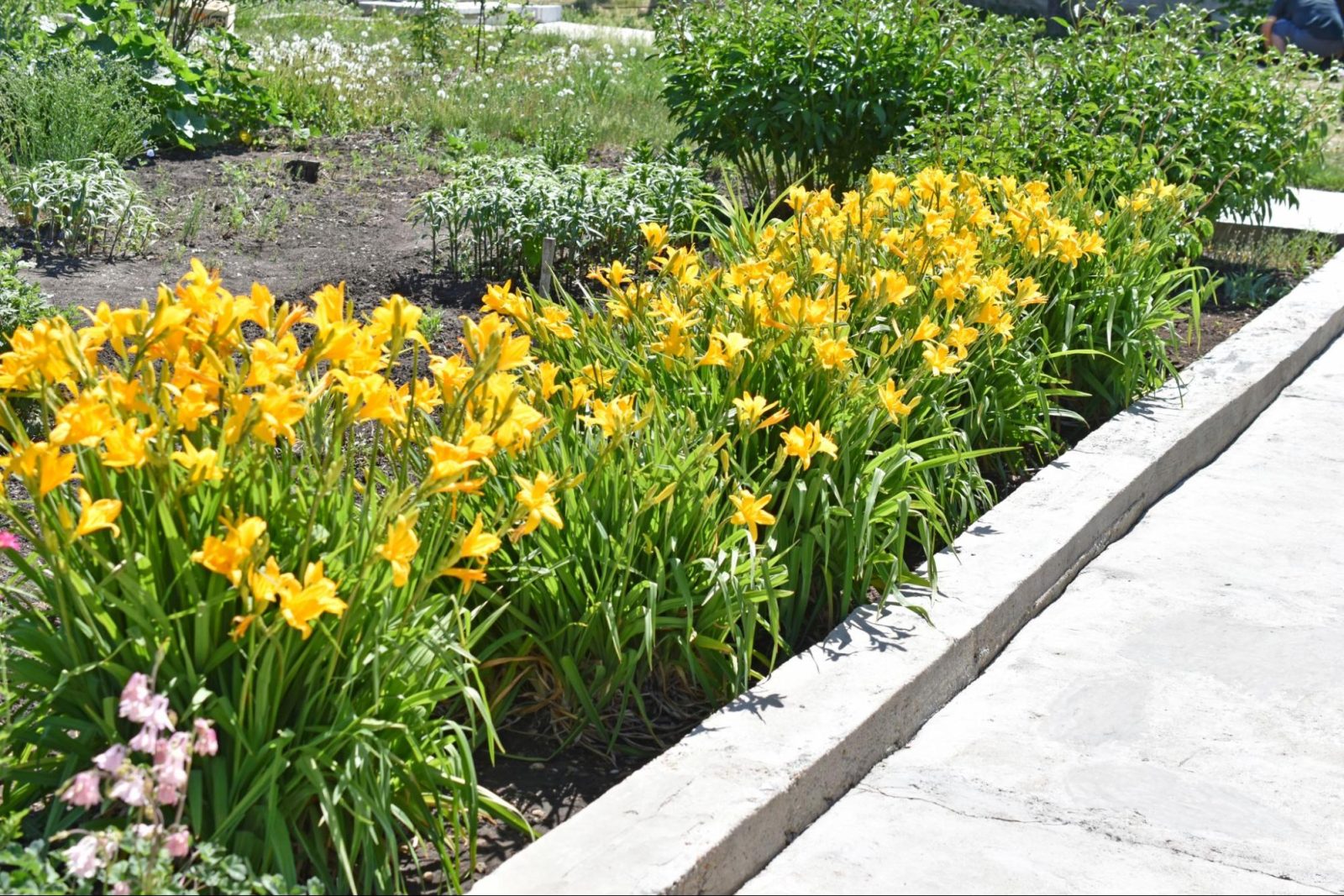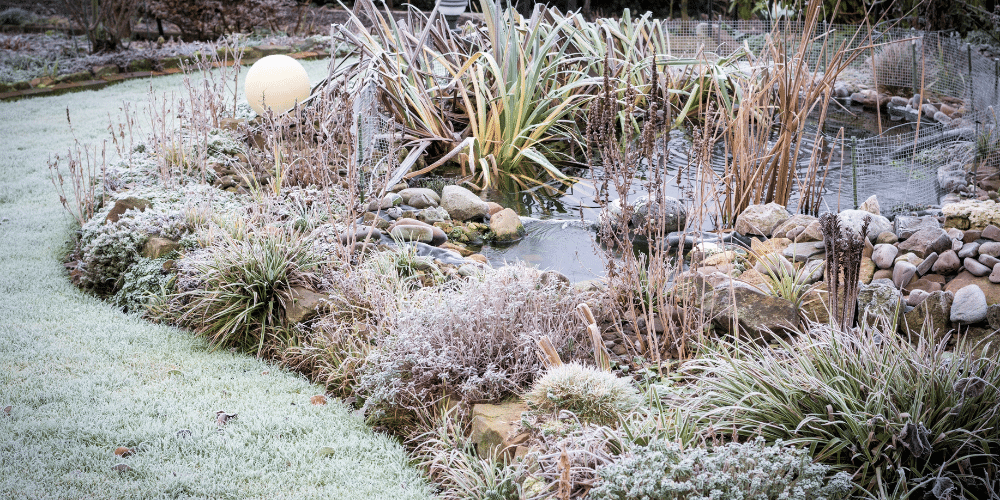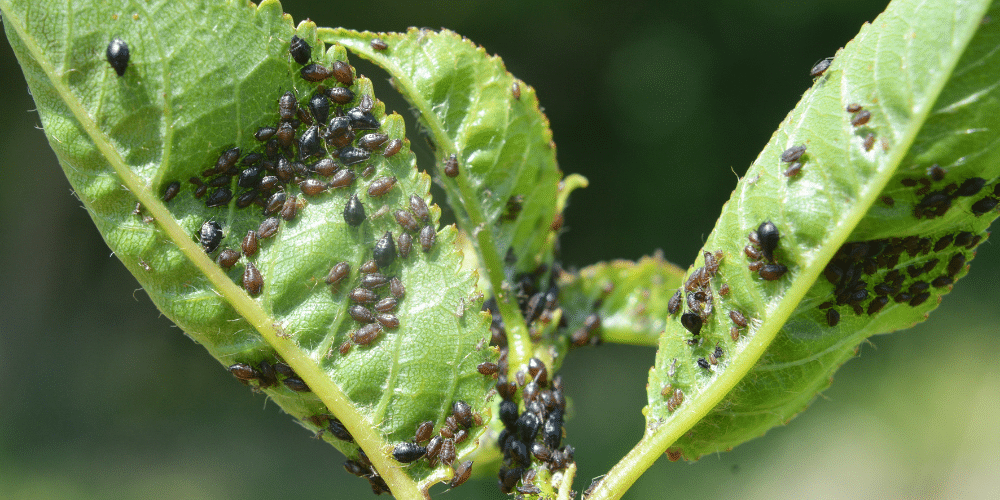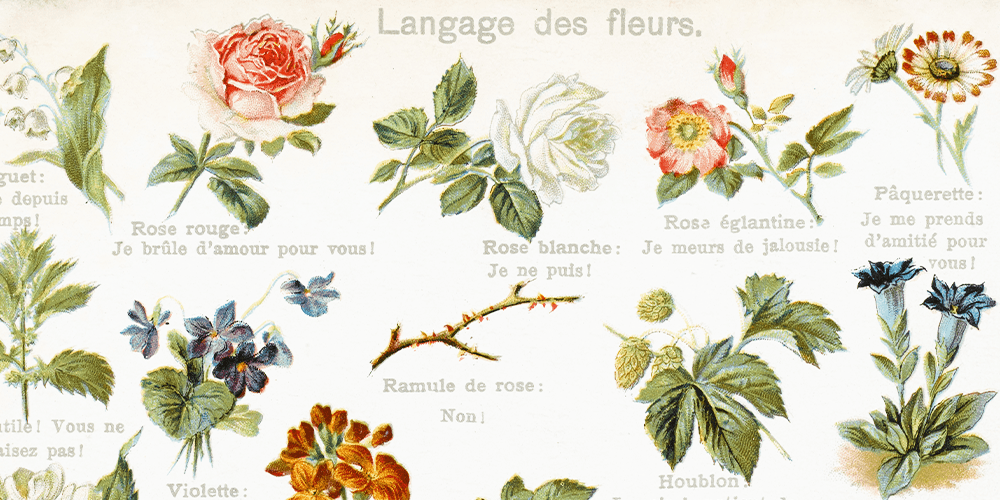
Do you ever wish that you could communicate a message to someone without saying anything at all? Perhaps the era of Jane Eyre inspires you or you want to take your cottagecore lifestyle to the next level. Perhaps you want to give flowers to a special person in your life, but want it to be more than just flowers. Covert communication of the Victorian era was a necessity and nods to a complex time in history. Read on to learn more about this secret language of flowers that hails back to Victorian times.
Victorian Society
Victorian society had a great many social constructs that required conservative behaviour, particularly during courtship. Affection and desire were not permitted under the eyes of God and the Queen; thus a new method of communication had to be adopted. While walking the streets, women would often carry a “tussie-mussie” or a “nosegay,” which was a small bunch of flowers or aromatic herbs used to mask the smell of the streets. Even though the practical use was nothing to be excited about (though relieving), these small bouquets were often given to a love interest as a means of communicating feelings that could then be accepted or rejected, depending on how the recipient behaved.
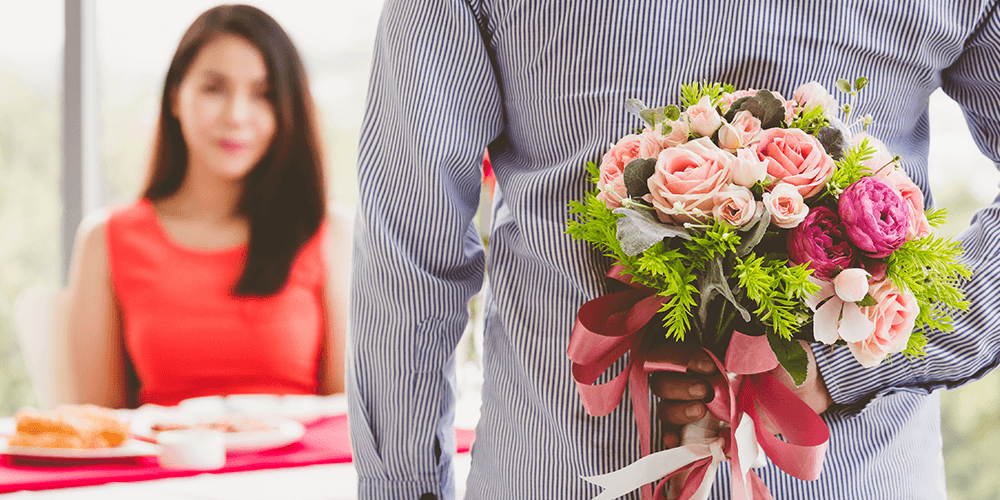 The Use of Floriography in the Victorian Era
The Use of Floriography in the Victorian Era
Floriography refers to the language of flowers””using specific flowers to send secret messages. A standard interaction would involve a suitor offering a bouquet, comprising choice flowers that symbolized their feelings. If the bouquet was accepted, the recipient held the flowers to their chest. If the feelings were not reciprocated, they would be held low, away from the heart. If the recipient could not respond at the moment but was disinterested, all they had to do was send a yellow rose back in return””the Victorian signal of the friend zone.
Eventually, the nuances of the language of flowers became so complicated that entire dictionaries were required to interpret the complex meanings of the arrangements. The first dictionary was produced by Louise Cortambert in 1819 under the pen name Madame Charlotte de la Tour. It was titled, “Le Langage des Fleurs.” Many more have been written since.
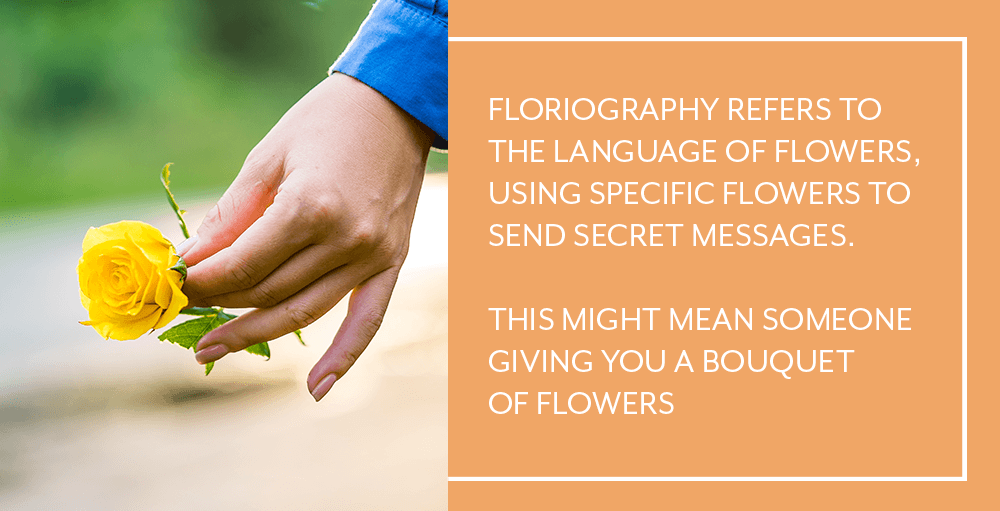
Floriography Today
Nowadays, most people swipe right or ask to exchange numbers if they like someone rather than send a bouquet of flowers. However, the language of flowers is not limited to lovers! Flowers can be gifted to friends and coworkers, given as an offering of condolences, or used to passively communicate dislike for a particular person. Whatever your flavour, whatever the occasion, there is a flower that communicates exactly what you’re trying to say!
Here are some examples of flowers and their Victorian meanings in different contexts:
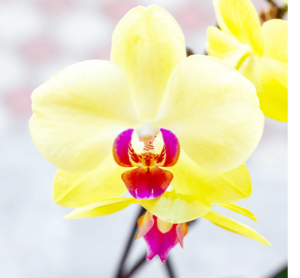 Flowers to Apologize:
Flowers to Apologize:
- Red columbine, for worry
- Purple hyacinth, to ask for forgiveness
- Yellow orchid, for new beginnings
Flowers for Loss:
- Poppy, a symbol of consolation
- Dark crimson roses, for grief and loss
- Marigold, traditionally symbolizing grief
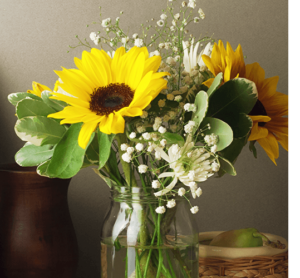 Flowers for Your Best Friend:
Flowers for Your Best Friend:
- Dwarf sunflower, to express adoration
- Coral rose, to signify friendship
- Zinnia, expressing lasting affection
Flowers for Your Nemesis:
- Rhododendron, to single a warning
- Yellow carnation, to express disdain
- Lavender, symbolizing distrust
Keep in mind that some of the Victorian era meanings may not be the same as contemporary associations! For example, marigolds were typically symbolic of death and jealousy but are commonly thought to symbolize sunshine. There are an abundance of resources that will have different meanings, so look for your favourites and have some fun!
If you are feeling inspired by floriography and would like to partake in secret message sending, visit our dedicated St. Albert florist at the The Floral Studio in Salisbury at Enjoy for bouquets suited for all occasions and secret messages.

